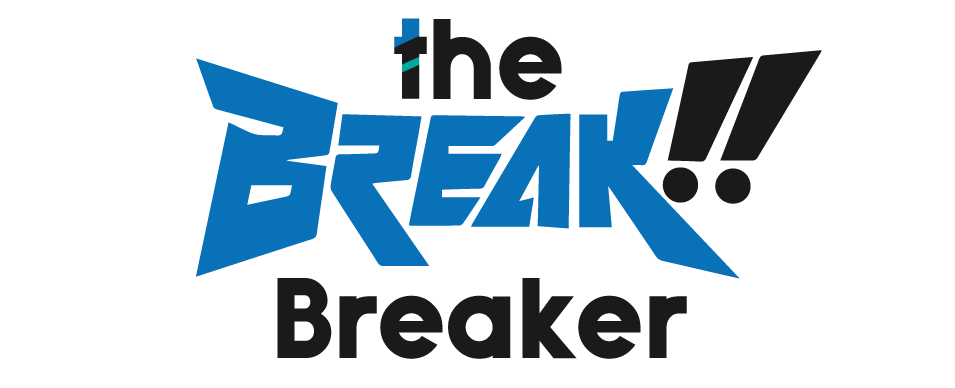
The Ultimate Business Spend Management Strategy Guide
Business Spend Management Strategy: An Essential Guide
Business spend management is an essential part of running a successful business. Done properly, it can help to optimize cash flow, improve profitability, and extend competitive advantages just to name a few benefits. But what exactly does a business spend management involve? This guide provides an overview of the key elements of business spend management, including defining your goals and objectives for managing spending, updating budgeting strategies, monitoring progress against plans, and optimizing expenditures for maximum impact.
What is Business Spend Management?
Business spend management is a structured approach to managing an organization’s spending, with the aim of controlling costs and increasing efficiency. It encompasses all aspects of an organization’s expenses, including purchases, invoices, contracts, and payments.
BSM involves implementing processes and tools to track, analyze, and optimize spend across the entire enterprise. With accurate and real-time visibility into spend data, businesses can make informed decisions and drive cost savings.
Benefits of Business Spend Management
Implementing a BSM strategy can bring numerous benefits to an organization. These include:
Cost Savings: By optimizing spending, businesses can reduce costs and improve their bottom line.
Increased Efficiency: With streamlined processes and tools in place, organizations can eliminate manual tasks and automate workflows, leading to increased efficiency.
Enhanced Visibility: BSM provides real-time visibility into spend data, giving businesses insights to make informed decisions and identify areas for improvement.
Risk Mitigation: With proper spend controls in place, organizations can reduce the risk of fraud, errors, and non-compliance.
Key Components of Business Spend Management
Effective business spend management requires a comprehensive approach that covers all aspects of an organization’s spending. Some key components include:
Spend Analysis: This involves analyzing spend data to identify patterns, trends, and opportunities for savings.
Budgeting and Planning: Setting budgets and creating plans based on the insights gained from spending analysis.
Procurement: Managing the purchasing process, including supplier selection, contract management, and negotiations.
Accounts Payable: Processing invoices, managing payments, and monitoring cash flow.
Expense Management: Tracking and controlling employee expenses to ensure compliance with company policies.
Audit and Compliance: Conduct regular audits to identify any non-compliance issues and take corrective actions.
Implementing Spend Controls
One critical aspect of BSM is implementing spend controls. These are measures put in place to regulate spending and ensure compliance with company policies. Some common spend controls include:
Pre-Approval for Purchases: Requiring employees to seek approval before making any purchases over a certain amount.
Vendor Approval Process: Setting up a process for onboarding new vendors, including conducting background checks and ensuring they meet all necessary requirements.
Purchase Order Systems: Implementing a system that requires purchase orders for all expenses, allowing for tracking and approval before payment.
Expense Limits: Setting limits on certain types of expenses, such as travel or entertainment, to control spending.
Benefits of Business Spend Management
Implementing a strong BSM strategy can bring many benefits to an organization, including:
Cost Savings: By analyzing spend data and implementing controls, organizations can identify areas where they are overspending and take corrective actions.
Increased Efficiency: A streamlined process for purchasing, invoicing, and expense management can save time and resources for both employees and the finance team.
Improved Compliance: With proper controls in place, organizations can ensure compliance with company policies and regulations.
Better Decision Making: By having access to accurate spend data, organizations can make informed decisions about future investments and budget allocations.
Stronger Vendor Relationships: With a structured vendor approval process, organizations can build stronger relationships with their suppliers and negotiate better deals.
Final Thoughts
Business Spend Management is a crucial aspect of any organization’s financial strategy. By implementing spend controls and utilizing comprehensive BSM software, companies can effectively monitor and manage their spending, leading to cost savings, increased efficiency, and improved compliance. With the right BSM strategy in place, organizations can make informed decisions about their finances and build stronger relationships with their vendors. So take a closer look at your organization’s spending habits and consider implementing a BSM strategy to reap these benefits and stay ahead of the competition. Keep these benefits in mind and start implementing a BSM strategy today
Frequently Asked Questions
1. What is the first step in implementing a business spend management strategy?
The first step in implementing a business spend management strategy is to carry out a comprehensive review of your current spending habits. This will allow you to identify any areas where you may be overspending and where there may be opportunities for savings.
2. How can spending controls benefit my organization?
Spend controls can offer several benefits to your organization. They can help to ensure compliance with company policies and regulations, promote better decision-making by providing accurate spend data, and foster stronger vendor relationships through structured approval processes.
3. Can a business spend management strategy help with cost savings?
Yes, a well-implemented business spend management strategy can lead to significant cost savings. By enabling you to monitor and manage your spending more effectively, it can help to identify areas of overspending, negotiate better deals with vendors, and allocate your budget more efficiently.



